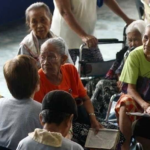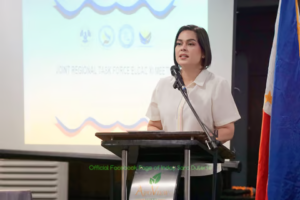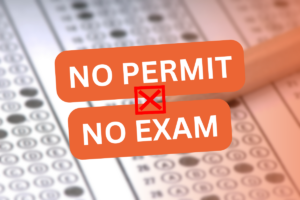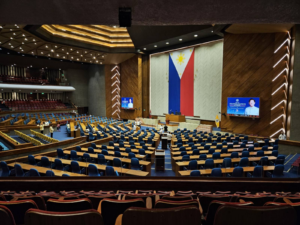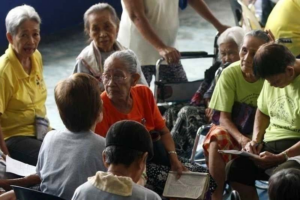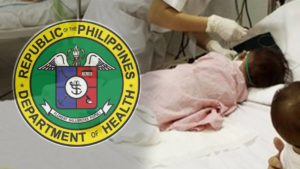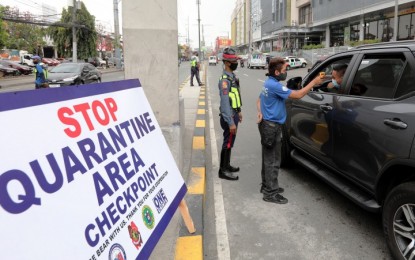
“No one, including health workers and frontliners from the Philippine General Hospital, believes he could recover from his ordeal”
THE government, through the Inter-Agency Task Force in the Management of Infectious Disease (IATF), declared last Tuesday the lifting of the enhanced community quarantine (ECQ) in most parts of the country. What remains in the Modified ECQ status are the highly urbanized cities of Metro Manila, including the Municipality of Pateros, the province of Laguna, and Cebu City, the Queen City of the South.
Davao City is off the hook and has to graduate from ECQ into general community quarantine (GCQ) classification after garnering zero new Covid-19 cases for four consecutive days to the jubilation of many. But this early celebration may be short lived because 12 new cases in Davao Region have been reported in May 14, the eve of the supposed lifting of the ECQ in the city. The final verdict, whether or not the Davao City will retract to ECQ fell into the hands of the penultimate IATF.
On May 14, the global data on Covid-19 showed a bleak picture of steady rise of 4,362,996 confirmed cases, 297,465 deaths and 1,558,462 recoveries. The Philippines is said to be doing good in its overall response against the pandemic, having ranked fifth or sixth amongst nations in the world. The May 13 data in the country showed a total of 11,350 confirmed cases, 751 deaths, and 2,106 recoveries.
The figures of our country may look good in giving us a running overview of the extent of the problem. However, the data do not show the real picture about the victims of Covid-19. Perhaps a disaggregated data on gender, age, occupation, and other personal circumstances of the victims may be needed for people to understand the extent of the risks and the vulnerabilities fully.
Questions like: How many children died or have recovered from the disease? What particular age bracket is more at risk? What is the percentage of boys and girls? Is it true that senior citizens and those with comorbidity issues are most vulnerable sectors? How many are senior citizens? and the like, offer more information for the public to appreciate the situation better.
Early this week, the people in quarantine, (can we call them quarantinees, quarantiners or quarantinians?), who are either hooked up on their television screens or on the social media were pleased to see an 18-year old person with special needs (the media named him Jose) had recovered after 30 days of hospital confinement because of Covid-19.
His story is somewhat extreme because aside from the virus, he is suffering also from chronic kidney disease, which requires him to undergo hemodialysis three times a week. No one, including health workers and frontliners from the Philippine General Hospital, believes he could recover from his ordeal.
In this time of uncertainties that even religious gatherings are prohibited, people want something to hold on to. We need more stories like this. Stories of our frontliner’s triumphs and successes in their fight against the tiny invaders that made our lives miserable.
We need stories of hope, the ones that keep us longing for a brighter tomorrow, and not the grim figures of death, the abuses and blunders of some law enforcers, and glitches in the distribution of government’s assistance to the poor.
We may need also to hear stories about the suffering of “quarantiners” and how they were able cope with the stress of doing nothing and fearing everyone? Who knows your story can relieve the worries of our fellow quarantiners and put a little smile on their masked face?




